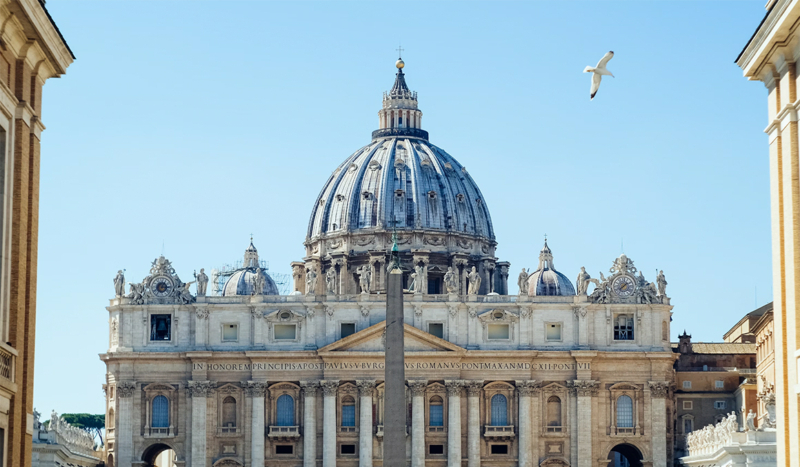
Fabio Fistarol / unsplash
VATICAN CITY // The Vatican’s financial situation was a major focus of the seventh General Congregation meeting this morning, according to a Holy See press release.
Several cardinals gave presentations related to the Holy See’s finances and economics at the April 30 meeting, which 181 cardinals attended. Of these 181, 124 were electors who can participate in the conclave.
According to FOXBusiness, the Vatican reportedly faced an annual operating deficit of over $90 million in 2023. The report noted that over 60% of its expenses are put towards “services and administration,” and that the late Pope Francis had spoken out about the Vatican’s pension fund potentially being significantly imbalanced. The Vatican’s means of income include from tourism, diocesan contributions, donations from faithful around the world, real estate management, and the Vatican bank, according to the article.
Cardinal Reinhard Marx, the coordinator of the Council for the Economy, spoke at the seventh General Congregation about “the existing challenges and critical issues, offering proposals oriented towards sustainability and reiterating the importance of economic structures continuing to stably support the mission of the Papacy,” the release stated.
Following this, Cardinal Kevin Farrell gave an update on the work of the Investment Committee, of which the cardinal is the president.
The cardinals also received updates on the Vatican Bank, formally called the Institute for the Works of Religion, from Cardinal Christoph Schönborn, who is the president of the Commission of Cardinals supervising the institute.
Cardinal Fernando Vérgez Alzaga, L.C. provided updates on some renovations at Vatican City State buildings, and about support given to the Holy See, according to the release. He is the president emeritus of the Governorate of the Vatican City State. The last presentation at the meeting focused on the Dicastery for the Service of Charity, given by the Papal almoner Cardinal Konrad Krajewski.
The topics shifted after the cardinals entered the second half of the Congregation. At this point in the meeting, there were 14 interventions, which focused in part on “the ecclesiology of the People of God, with particular reference to the suffering caused by polarization within the Church and the divisions in society,” the release states.
A topic that also repeatedly arose was on “the value of synodality, lived in close connection with episcopal collegiality, as an expression of differentiated co-responsibility,” the release adds. Vocations to the priesthood and religious life were also spoken about multiple times.
The release also states that “Evangelization was discussed, with insistence on the necessary coherence between the proclamation of the Gospel and the concrete witness of Christian life.”
During multiple interventions, there were direct references made to Vatican II documents including Lumen Gentium, and Gaudium et Spes.
